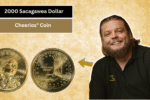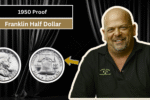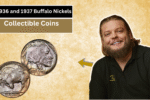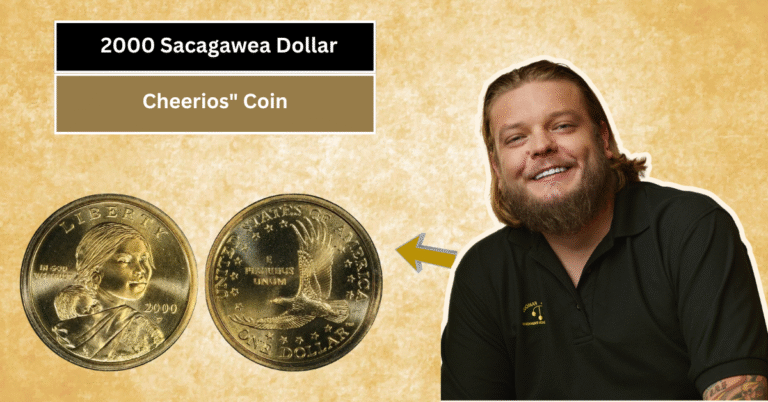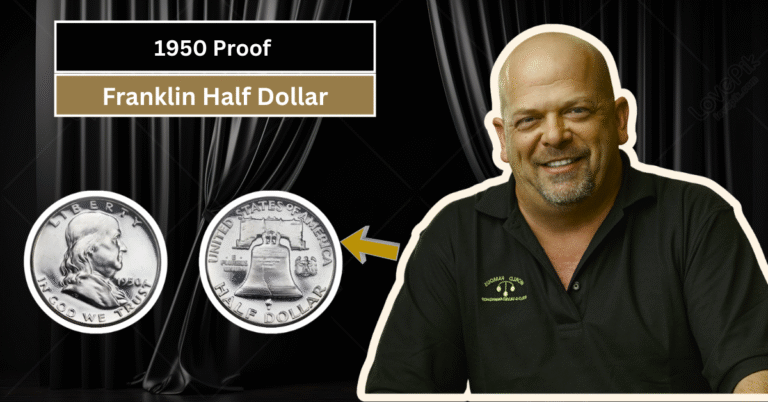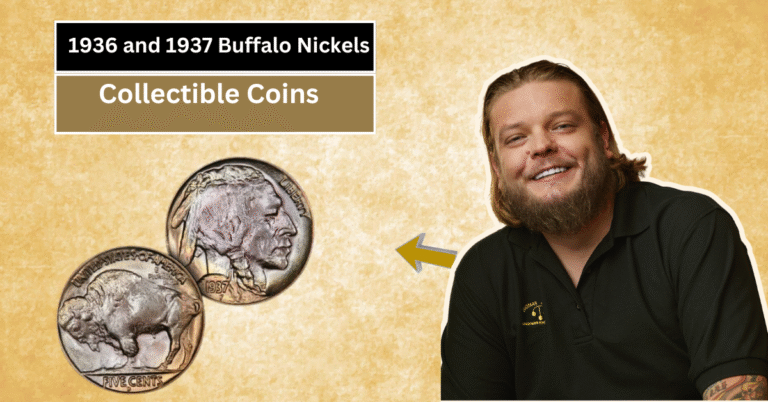
The 1999‑S Proof Set is a well-known collector’s item among coin enthusiasts. However, some sets hold a unique secret — a “Close AM” reverse error on the Lincoln cent. This rare mistake has made these coins highly sought after, especially by collectors looking for something different and valuable.
In this article, we will explore what the “Close AM” error is, why it happened, and how it affects the value of the 1999‑S Proof Set. Whether you are a beginner or an experienced collector, understanding this error can help you spot a rare treasure in your collection or when shopping for coins online.
What is the 1999‑S Proof Set?
This Article Includes
- 1 What is the 1999‑S Proof Set?
- 2 Understanding the “Close AM” Reverse Error
- 3 How Did the “Close AM” Error Occur?
- 4 Why Is the “Close AM” Reverse So Desirable?
- 5 How to Identify a 1999‑S Proof Penny with the “Close AM” Error
- 6 Value and Market Demand for the 1999‑S Close AM Proof Penny
- 7 Tips for Collectors Interested in the “Close AM” Proof Penny
- 8 Conclusion: Why the 1999‑S Proof Set with “Close AM” Reverse Matters
The 1999‑S Proof Set is a special collection of coins made at the San Francisco Mint. These proof sets are known for their high-quality finish and sharp details. They include various coins like the penny, nickel, dime, quarter, and half dollar, all struck with care for collectors.
Proof sets are different from regular coins because they are made with specially polished dies and planchets. This gives them a mirror-like shine and fine details that regular coins usually lack. The 1999‑S Proof Set has been popular among collectors due to its quality and limited availability.
Understanding the “Close AM” Reverse Error
On most Lincoln cents, the letters “A” and “M” in the word “AM” in the motto “E PLURIBUS UNUM” are spaced normally. But in the 1999‑S proof penny, a few coins show the “A” and “M” very close together. This is known as the “Close AM” reverse error.
This error is not easy to spot, as it involves subtle differences in the spacing of the letters. Only careful observation or magnification can reveal it. Because the error is so rare, coins with the “Close AM” reverse are considered more valuable and desirable among collectors.
How Did the “Close AM” Error Occur?
The “Close AM” error happened during the minting process when the die used for striking the coins had letters spaced closer than usual. Dies are metal tools used to stamp designs on coins, and any mistake on the die will appear on every coin struck from it.
In this case, a die with a slightly shifted or altered spacing in the letters of “AM” created the error. Since not all proof pennies were made with this die, only a limited number of coins have this error, making them much rarer than the regular proof pennies.
Why Is the “Close AM” Reverse So Desirable?
Rarity is a big factor in collecting coins, and the “Close AM” error is quite scarce. Collectors love to find unique mistakes because they stand out from the usual coins. This rarity increases the value and desirability of the 1999‑S proof penny with the “Close AM” feature.
Additionally, error coins like these represent a fun challenge for collectors, offering a bit of history and storytelling. Having a rare coin in your collection also tends to make it more valuable in the market, attracting passion buyers and sometimes increasing prices significantly.
How to Identify a 1999‑S Proof Penny with the “Close AM” Error
To find out if a 1999‑S penny has the “Close AM” error, start by checking the reverse (back) side of the coin. Look closely at the letters “AM” in the motto “E PLURIBUS UNUM.” If the gap between the letters is very narrow or almost touching, this is a good sign.
Using a magnifying glass or a loupe can help you see the spacing clearly. Comparing your coin to images of standard 1999‑S pennies online can also guide you. Remember, not every coin in the proof set will have this error—only select coins struck with the faulty die will show the “Close AM.”
Value and Market Demand for the 1999‑S Close AM Proof Penny
Coins with the “Close AM” error generally fetch higher prices than normal 1999‑S proof pennies. Depending on the coin’s condition and certification, prices can vary but remain significantly above regular proof pennies. Certified coins with this error by grading companies like PCGS or NGC are especially valuable.
The growing interest in coin collecting in India and worldwide means demand for rare error coins is rising. Young collectors and investors are paying attention to coins with unique features, and the “Close AM” proof penny is an excellent example that fits this trend.
Tips for Collectors Interested in the “Close AM” Proof Penny
If you want to start or expand your coin collection with this rare find, be sure to buy from trusted dealers or platforms. Check for certifications and clear photos when purchasing online. It’s also helpful to learn more about coin grading and authentication to avoid fakes or overvalued coins.
Joining collector communities and forums can provide valuable knowledge and support. Experienced collectors often share tips on spotting errors and good places to buy rare coins. Most importantly, enjoy the process and learn about the fascinating history behind each coin you collect.
Conclusion: Why the 1999‑S Proof Set with “Close AM” Reverse Matters
The 1999‑S Proof Set with the rare “Close AM” reverse error is more than just a coin — it’s a piece of minting history. Its uniqueness makes it a prized item for collectors worldwide, including in India. Whether you collect coins for fun or investment, spotting such rare errors adds excitement and potential value to your collection.
Understanding the background and importance of the “Close AM” error gives you an edge in the coin market and helps you appreciate the beauty of coin collecting. Keep an eye out, and you might just find this hidden gem in a proof set near you.

